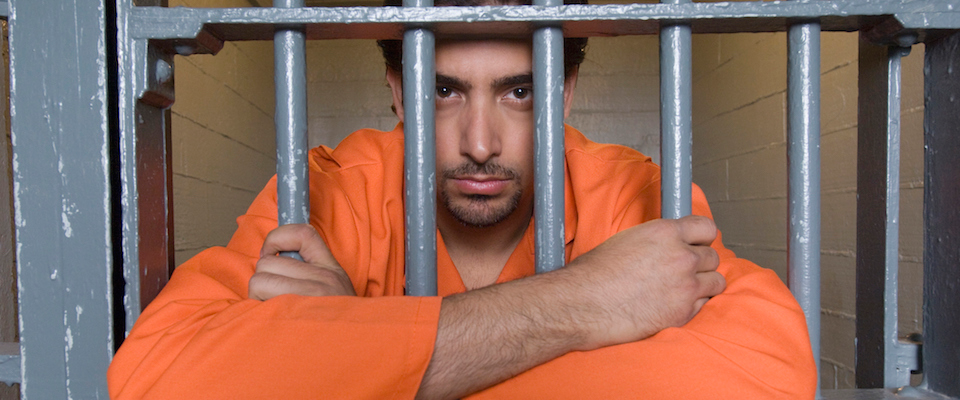Since most of the inmates in private federal prisons are immigrants—a population shown to be less violent and less inclined to present security threats—the government’s plan to cut ties with private prisons due to safety concerns show just how sub-par these private prison conditions can be, according to Stephen Raphael, professor at UC Berkeley’s Goldman School of Public Policy.
“The fact that {the federal government} finds higher rates of security violations in these institutions relative to lower risk institutions run by the Federal Bureau of Prisons proper strongly suggests that in the federal system, private prisons are less safe for inmates and staff,” Raphael says.
When Deputy Attorney General Sally Yates announced the Justice Department’s plan on Thursday, she cited an Inspector General report showing that private federal facilities had more safety and security issues than institutions run by the Federal Bureau of prisons. More contraband was confiscated, more lock downs were ordered, and a greater number of assaults, against both inmates and guards, were reported, incidents that, she said, are exacerbated by overcrowding and generally poor conditions of confinement.
One incident mentioned in the report was a 2012 riot at the Adams County Correctional Center in Mississippi, where an officer was killed and 20 were injured because 250 inmates were upset about substandard medical care and food.
“[Private prisons] simply do not provide the same level of correctional services, programs,” Yates wrote in a memo. “The rehabilitative services that the Bureau provides, such as educational services and job training, have proved difficult to replicate and outsource—and these services are essential to reducing recidivism and improving public safety.”
There are only about 20,000 federal prison inmates currently held in private facilities (a little over 1 percent of inmates in the country), so the overall impact on the prison population may not be huge, but for immigrants, Raphael says, this will have an effect.
There are only about 20,000 federal prison inmates currently held in private facilities (a little over 1 percent of inmates in the country), so the overall impact on the prison population may not be huge, but for immigrants, Raphael says, this will have an effect.
“Someone who has been deported in the past and who is caught attempting to reenter the United States without inspection is subject to federal prosecution and prison time within the federal system,” Raphael says. “Phasing out the use of the private facilities in the federal system will have the greatest impact on undocumented immigrants who are prosecuted in federal courts.”
Issa Arnita, a spokesman for Management and Training Corporation (a contractor that manages private prisons), criticized the department’s plan in a statement, saying, “If the DOJ’s decision to end the use of contract prisons were based solely on declining inmate populations, there may be some justification, but to base this decision on cost, safety and security, and programming is wrong.”
The federal prison population grew from 24,000 in the 1980s to nearly 218,000 in 2012, according to Raphael, and private prison contracts began in the 1990s to increase capacity and avoid construction of new facilities. But changes in drug laws and mandatory sentencing caused the population to drop to 193,000 as of August.
“With the decline in the federal prison population and increasing scrutiny by the press as well as state and federal authorities of the operation of private prisons,” Raphael says, “It’s not surprising that the federal government would announce plans to phase out the contracts with private prisons.”
In terms of the plan’s predicted effects on state prisons: Roughly a quarter of Hawaii’s inmates, 44 percent of New Mexico’s, and 39 percent of Montana’s are held in private prisons—and Raphael supposes that the decision to phase them out based on the safety and security concerns raised in the report will resonate most with those states. It’s harder to predict the effects in California, which has only 4 percent of inmates housed in private facilities (8.4 percent below the national average).
Raphael guesses that localities with private prison facilities will argue against the plan, citing adverse impacts, including loss of jobs, on regional economies dependent on contracting dollars.
“In my opinion, these considerations should not be driving sentencing policy,” Raphael says. “Concerns regarding safety, proportionality, and fairness are on balance of much greater importance.”



















